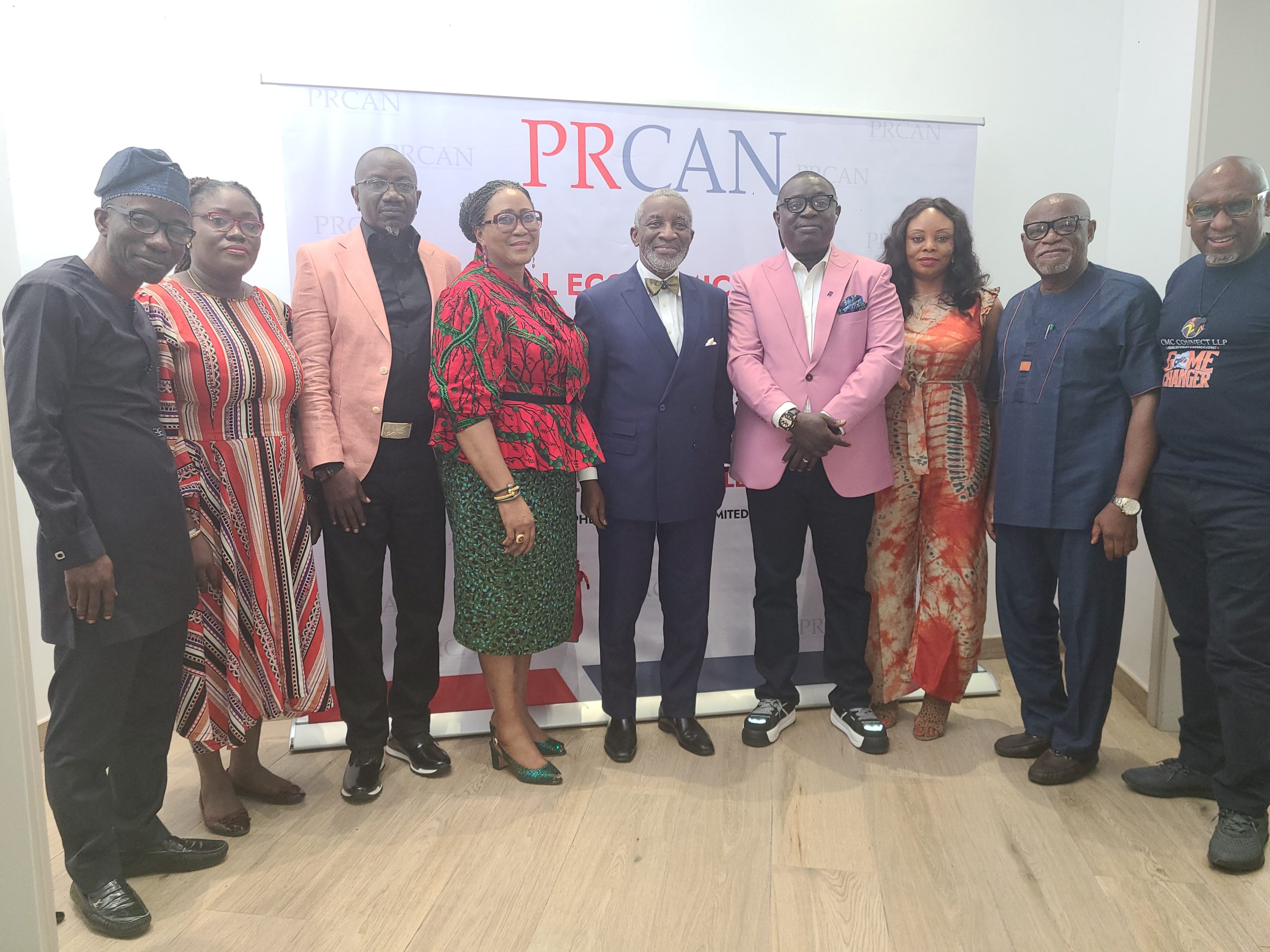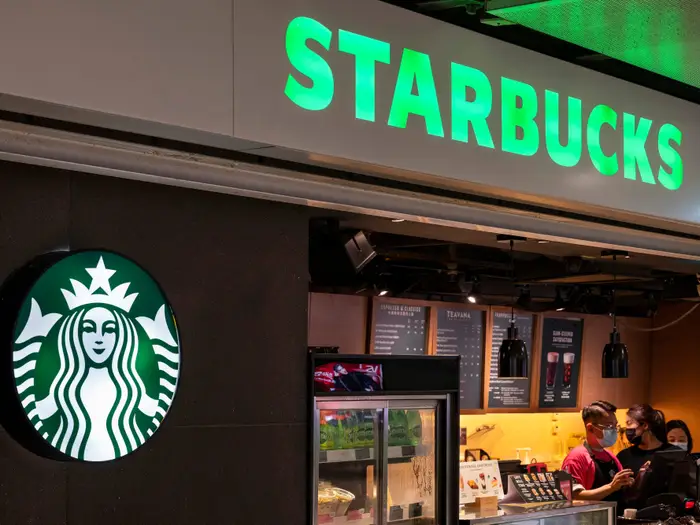There is a suite of publishers who, unlike many of their traditional counterparts, are not attempting to evolve into a digital-first world but were born as a result of it. It means the likes of Vive, Refinery29, BuzzFeed and LADbible have both a level of agility and a different type of authenticity that set them apart as they help forge an ever-changing digital landscape.
New age publishers are also not restricted by their more traditional offline reputations, allowing a voice to be unbiased, even unfiltered, whilst navigating their way through this strange political time we find ourselves in.
Some of these newly, yet already well established, publishers are starting to evolve almost into a ‘one stop shop’ for all of your news, reality, culture, food, entertainment and fashion needs. They are building huge levels of reader trust, allowing strong environments for brands to advertise in.
The nature of these digital-first environments means that it’s also easy for them to work with partners like Teads to deliver highly targeted and beautiful creatives that are respectful of the user. This respect is yet another factor that is playing a large role in maintaining that level of trust.
In addition, their use of data has allowed for more localised and personalised content. For example, Refinery29 draws on its own data to discover what topics might resonate in certain markets, and has started to see real success thanks to its unique approach to women’s content.
It is bold in its editorial approach, publishing articles around real issues faced by women of today from politics, to career, to taboo topics in an entirely refreshing way.
LADbible, another great example, has quickly become the fastest growing news site for young men. It has been hugely successful at creating content that is shared by millions across social media, further enhancing the brand’s reputation but also challenging preconceptions of what a ‘lad’ actually is. (Their top stories consistently are those that are heart-warming, emotional, humorous, or out of the ordinary).
Both of these are great examples of how great content, underpinned by incredible technology, can thrive and become perfect environments for readers and advertisers alike and are helping blaze a trail for the future of the industry.
Viewpoint: Jon Mew, CEO, IAB UK
With the democratisation of information online, the rise of ‘new age’ titles, for instance BuzzFeed and Vice, have reimagined the role of publishers to shape a new form of digital-first storytelling.
These publishers are synonymous with the digital revolution that conceived them; facilitating conversations around politics, gender, human rights and culture in new and unorthodox ways.
They have built their brands by creating shareable content continually optimised based on reader data. While this has led to ‘clickbait’ criticism, many have successfully integrated listicles with the sort of journalism you would more likely expect from a broadsheet newspaper.
While still being the first port of call if you want to read 15 of the best Bake Off tweets, they have also matured into respected, journalistic businesses with global clout.
Despite their common characteristics, data-driven and experimental, new age publishers have carved out distinct identities and established loyal followings. A powerful proposition for advertisers looking to reach a young, digital-first audience.
Without the more established structures and well-known identities of older publishers, they have taken a digital-first approach from the start and built this into the DNA of their businesses.
As a result, they have pioneered the use of real-time data to capitalise on trending subjects, taking an agile approach to what they produce and giving rise to a new form of highly-shareable content. With digital video and audio giving publishers new storytelling abilities, these brands have also been at the forefront of creating mobile-friendly ways to consume news.
Reflecting their data-first approach to their content, these publishers have also adopted an agile strategy when it comes to advertising. After having helped pioneer the use of native ad formats online, they are now harnessing the efficiencies of programmatic advertising to build their businesses.
While all take different approaches, their lack of legacy restrictions gives them the freedom to move fast and trial different strategies to ensure they deliver value to both their advertisers and their audience.
Source: The Drum







Comment
No comments found.